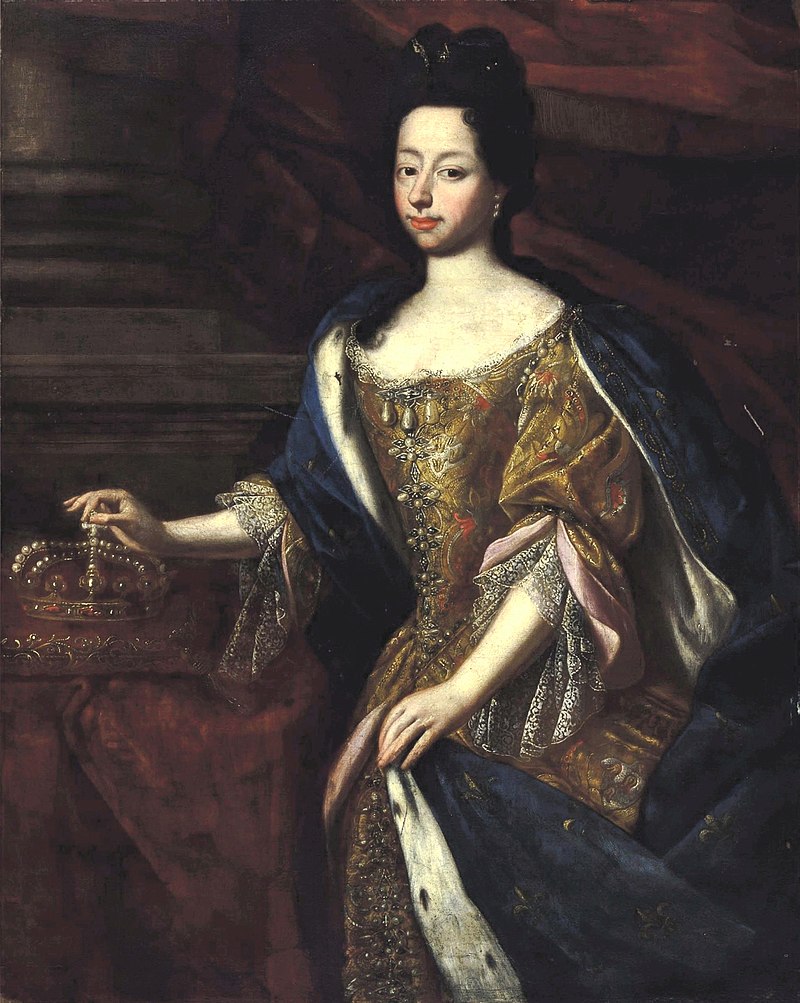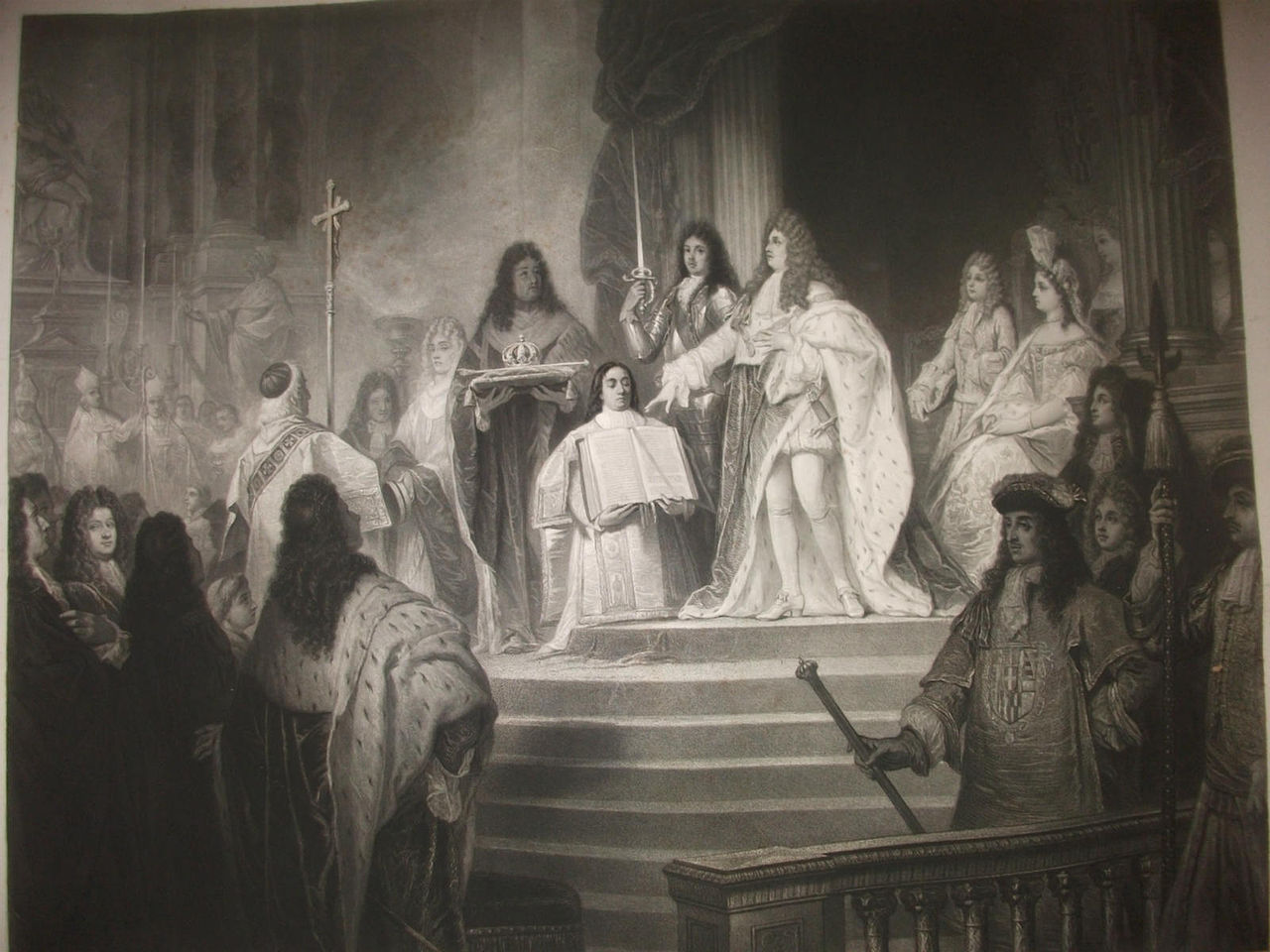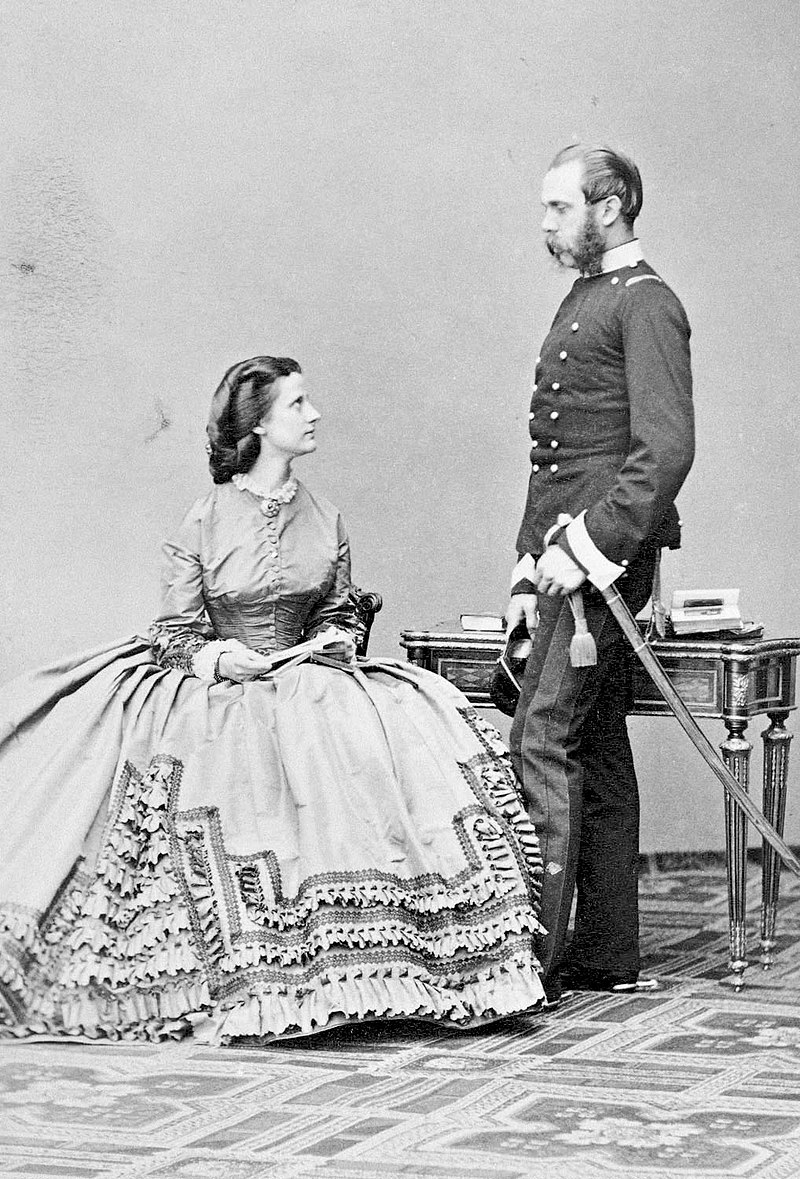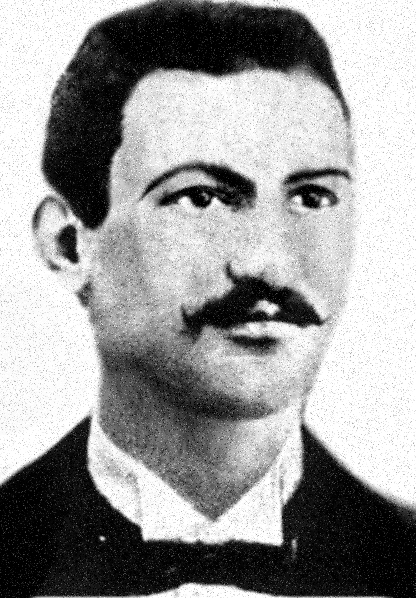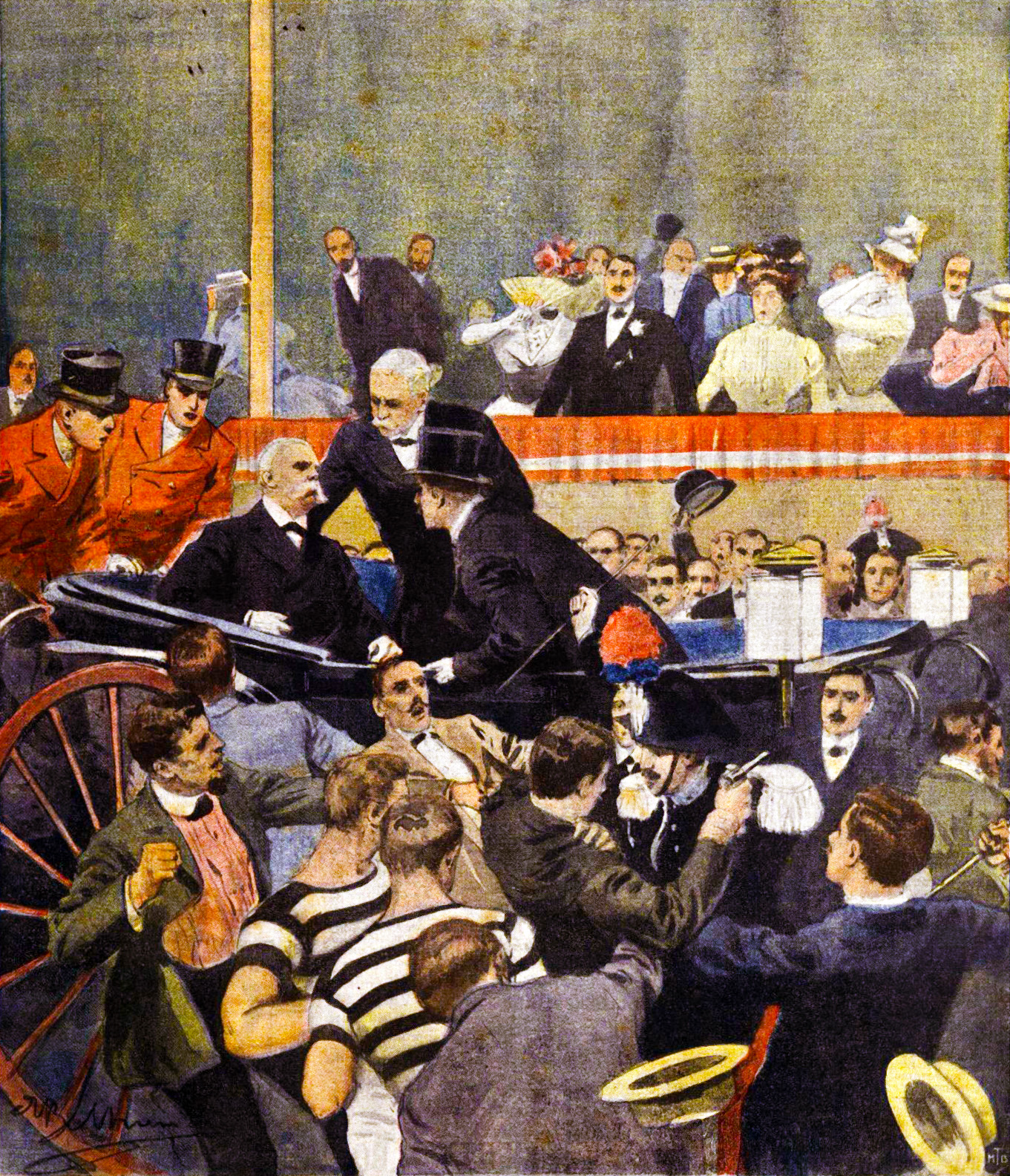by Susan Flantzer
© Unofficial Royalty 2021
The Kingdom of Sardinia: The House of Savoy had been Counts and then Dukes of Savoy, since the 11th century and ruled from the city of Turin in the Duchy of Savoy, now in northern Italy. Vittorio Amedeo II, Duke of Savoy became King of Sicily in 1713 as a result of his participation in the War of the Spanish Succession. However, in 1720, Vittoria Amedeo II was forced to exchange the Kingdom of Sicily for the less important Kingdom of Sardinia after objections from the Quadruple Alliance (Great Britain, France, Habsburg Austria, and the Dutch Republic).
Sardinia, now in Italy, is the second-largest island in the Mediterranean Sea after Sicily, also now in Italy, but the Kings of Sardinia of the House of Savoy ruled from Turin, the capital of the Duchy of Savoy. They styled themselves as Kings of Sardinia because the title was superior to their original lesser title as Dukes of Savoy. However, they retained the regnal numerical order of the Dukes of Savoy.
Vittorio Emanuele II became the last King of Sardinia upon the abdication of his father in 1849. He then became a driving force behind the Italian unification movement along with Giuseppe Garibaldi, a general and nationalist, and Giuseppe Mazzini, a politician and journalist. Garibaldi conquered Naples and Sicily, the territories of the Kingdom of Two Sicilies, while the Sardinian troops occupied the central territories of the Italian peninsula, except Rome and part of Papal States. With all the newly acquired land, Vittorio Emanuele II was proclaimed the first King of the new, united Kingdom of Italy in 1861.
Note: Children of Kings of Sardinia were often styled “of Savoy” as their fathers were also Dukes of Savoy from the House of Savoy.
********************

Carlo Emanuele III, King of Sardinia; Credit – Wikipedia
Carlo Emanuele III was the King of Sardinia from 1730 until he died in 1773. Born on April 27, 1701, at the Royal Palace in Turin, Duchy of Savoy, now in Italy, he was the fifth of the six children and the second of the three sons of Vittorio Amedeo II, King of Sardinia and his first wife, Anne Marie d’Orléans. His paternal grandparents were Carlo Emanuele II, Duke of Savoy and Marie Jeanne Baptiste of Savoy-Nemours and his maternal grandparents were King Louis XIV of France’s only sibling, Philippe, Duke of Orléans and his first wife Princess Henrietta of England, the daughter of King Charles I of England. At birth, he was given the title Duke of Aosta, which came to be the traditional title of the second son of the reigning monarch of the House of Savoy.
Carlo Emanuele had five siblings:
- Princess Marie Adélaïde of Savoy (1685 – 1712), married Louis, Duke of Burgundy, Le Petit Dauphin of France, had three sons, only one son, King Louis XV of France, survived childhood
- Princess Maria Anna of Savoy (1687 – 1690), died in childhood
- Princess Maria Luisa Gabriella of Savoy (1688 – 1714), married King Felipe V of Spain, had four sons, only two survived childhood, and both became Kings of Spain
- Vittorio Amadeo, Prince of Piedmont (1699 – 1715), died in his teens from smallpox
- Prince Emanuele Philibert of Savoy (born and died 1705), died in infancy
Carlo Emanuele’s elder brother, Vittorio Amedeo, was the heir to the throne and bore the title Prince of Piedmont, the traditional title of the heir of the House of Savoy. Vittorio Amedeo II favored his eldest son and neglected Carlo Emanuele’s education except on the military field, where he sometimes accompanied the father. On March 22, 1715, fifteen-year-old Vittorio Amedeo died from smallpox, and his younger brother Carlo Emanuele became the heir to the throne and the Prince of Piedmont.
Carlo Emanuele married three times, but all three wives died young.

Anna Christine of Sulzbach, Princess of Piedmont; Credit – Wikipedia
On March 15, 1722, in Vercelli, Duchy of Savoy, now in Italy, Carlo Emanuele married Anna Christine of Sulzbach, daughter of Theodor Eustach, Count Palatine of Sulzbach and Eleonore of Hesse-Rheinfels-Rotenburg. They had one child, and a few days later, on March 12, 1723, Anna Christine died of childbirth complications, aged nineteen. Anna Christine died before her husband became King of Sardinia, and so she was titled Princess of Piedmont.
- Prince Vittorio Amedeo Teodoro of Savoy (1723 – 1725), died in early childhood

Polyxena of Hesse-Rheinfels-Rotenburg, Queen of Sardinia; Credit – Wikipedia
Carlo Emanuele’s second wife was Polyxena of Hesse-Rheinfels-Rotenburg, daughter of Ernst Leopold, Landgrave of Hesse-Rheinfels-Rotenburg and Eleonore of Löwenstein-Wertheim-Rochefort. Polyxena was the first cousin of Carlo Emanuele’s first wife and belonged to the only Roman Catholic branch of the reigning House of Hesse. After a proxy marriage on July 23, 1724, in Rotenburg, Landgraviate of Hesse-Rheinfels-Rotenburg, now in Hesse, Germany, the couple was married in person on August 20, 1724, in Thonon, Chablais, then a province of the Duchy of Savoy, now in France. When her husband became King of Sardinia in 1730, Polyxena became Queen of Sardinia. She died on January 13, 1735, aged 28, having been ill since June 1734.

The children of Carlo Emanuele and his second wife Polyxena; (L-R) Eleonora, Vittorio Amedeo, Maria Felicita, and Luisa; Credit – Wikipedia
Carlo Emanuele and Polyxena had six children.
- Vittorio Amedeo III, King of Sardinia (1726 – 1796), married Infanta Maria Antonia Ferdinanda of Spain, had twelve children
- Princess Eleonora of Savoy (1728 – 1781), unmarried
- Princess Luisa of Savoy (1729 – 1767), unmarried
- Princess Maria Felicita of Savoy (1730 – 1801), unmarried
- Prince Emanuele Filiberto of Savoy, Duke of Aosta (1731 – 1735), died in childhood
- Prince Carlo of Savoy, Duke of Chablais (born and died 1733)

Elisabeth Therese of Lorraine, Queen of Sardinia; Credit – Wikipedia
Elisabeth Therese of Lorraine was the third wife of Carlo Emanuele. She was the daughter of Leopold Joseph, Duke of Lorraine and Élisabeth Charlotte d’Orléans, the daughter of King Louis XIV of France’s only sibling, Philippe I, Duke of Orléans, and his second wife, Elizabeth Charlotte of the Palatinate, known as Liselotte. Carlo Emanuele and Elisabeth Therese were half-first cousins as their mothers were half-sisters. After a proxy marriage on March 5, 1737, at the Château de Lunéville in the Duchy of Lorraine, now in France, Carlo Emanuele and Elisabeth Therese married in person on April 1, 1737, in Lyon, France. The couple had three children, but only the third child Benedetto survived childhood. Sadly, Elisabeth Therese died on July 3, 1741, aged 29, from puerperal fever (childbed fever), thirteen days after giving birth to Benedetto.
- Prince Carlo Francesco of Savoy (1738 – 1745), died in childhood.
- Princess Maria Vittoria of Savoy (1740 – 1742), died in infancy
- Prince Benedetto of Savoy (1741 – 1808) married his niece Princess Maria Anna of Savoy, no children

Carlo Emanuele III, King of Sardinia in his coronation robes; Credit – Wikipedia
On August 26, 1728, Carlo Emanuele’s mother, Queen Anne Marie, died after a series of heart attacks, the day before her 59th birthday. Two years later, Carlo Emanuele’s father Vittorio Amedeo II secretly married Anna Canalis di Cumiana, a former mistress. To the surprise and dismay of the court, Vittorio Amedeo II and Anna Canalis di Cumiana made their marriage public on September 3, 1730. At the same time as the marriage announcement, Vittorio Amedeo II abdicated and retired from the royal court. His son succeeded him as Carlo Emanuele III, King of Sardinia. However, in 1731, Vittorio Amedeo attempted to reclaim the throne, accusing his son of incompetence. Carlo Emanuele III thwarted this power play by having his father arrested and confined for the remainder of his life. Anna Canalis di Cumiana was also separately confined for the rest of her life.
Carlo Emanuele was a soldier-king who gained territory for his kingdom by fighting on the French side in the War of the Polish Succession and then on the Austrian side in the War of the Austrian Succession. His ancestors were avid art collectors, and Carlo Emanuele was no different. He added many new paintings to the collection of the House of Savoy.
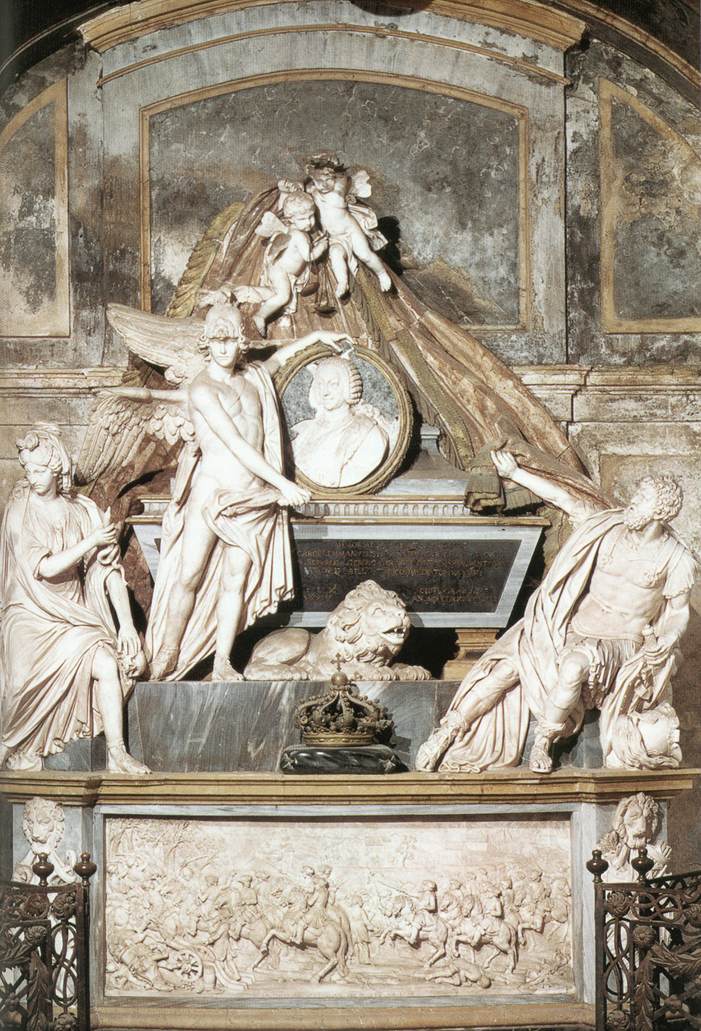
Tomb of Carlo Emanuele III, King of Sardinia; https://www.wga.hu/html_m/c/collino/filippo/carloem3.html
On February 20, 1773, at the Royal Palace in Turin, Carlo Emanuele III, King of Sardinia died at the age of 71. He is buried in the Royal Crypt of the Basilica of Superga in Turin in a monumental tomb, the work of the sculptor Ignazio Collino. He survived his three wives, his five siblings, and six of his ten children.
This article is the intellectual property of Unofficial Royalty and is NOT TO BE COPIED, EDITED, OR POSTED IN ANY FORM ON ANOTHER WEBSITE under any circumstances. It is permissible to use a link that directs to Unofficial Royalty.
Works Cited
- En.wikipedia.org. 2021. Anne Christine of Sulzbach, Princess of Piedmont – Wikipedia. [online] Available at: <https://en.wikipedia.org/wiki/Anne_Christine_of_Sulzbach,_Princess_of_Piedmont>.
- En.wikipedia.org. 2021. Charles Emmanuel III of Sardinia – Wikipedia. [online] Available at: <https://en.wikipedia.org/wiki/Charles_Emmanuel_III_of_Sardinia>.
- En.wikipedia.org. 2021. Elisabeth Therese of Lorraine – Wikipedia. [online] Available at: <https://en.wikipedia.org/wiki/Elisabeth_Therese_of_Lorraine>.
- En.wikipedia.org. 2021. Polyxena of Hesse-Rotenburg – Wikipedia. [online] Available at: <https://en.wikipedia.org/wiki/Polyxena_of_Hesse-Rotenburg.
- Flantzer, Susan, 2021. Vittorio Amedeo II, King of Sardinia. [online] Unofficial Royalty. Available at: <https://www.unofficialroyalty.com/vittorio-amedeo-ii-king-of-sardinia/>.
- It.wikipedia.org. 2021. Carlo Emanuele III di Savoia – Wikipedia. [online] Available at: <https://it.wikipedia.org/wiki/Carlo_Emanuele_III_di_Savoia>.

